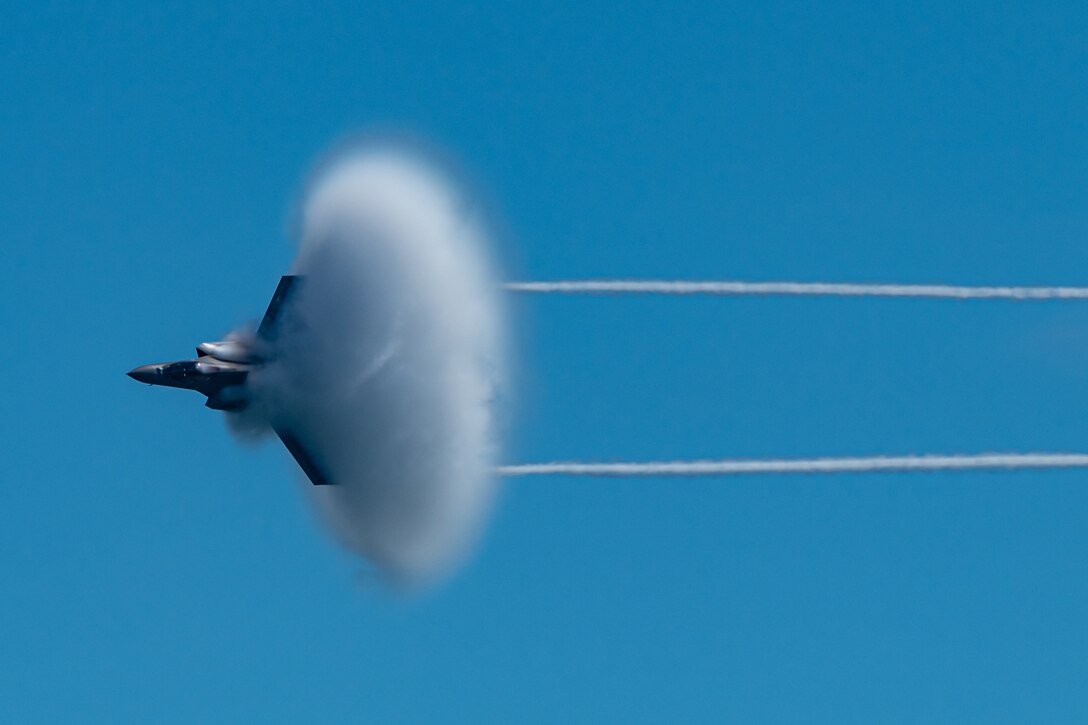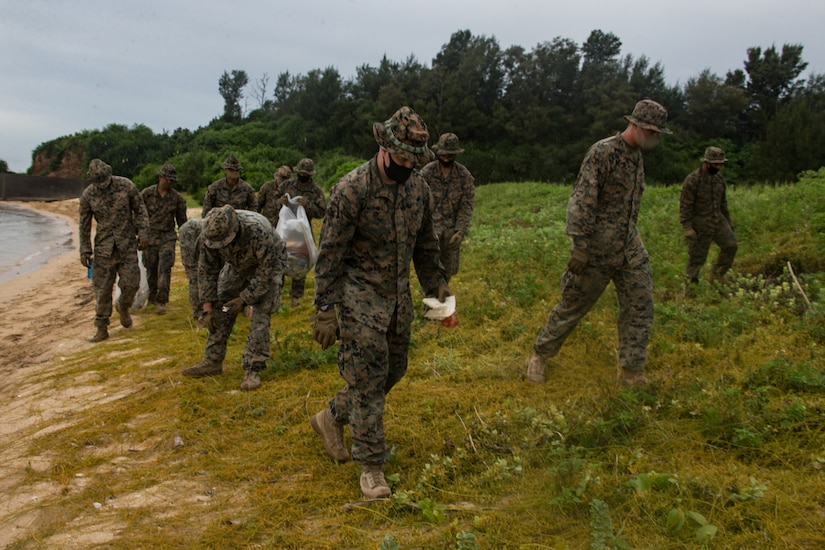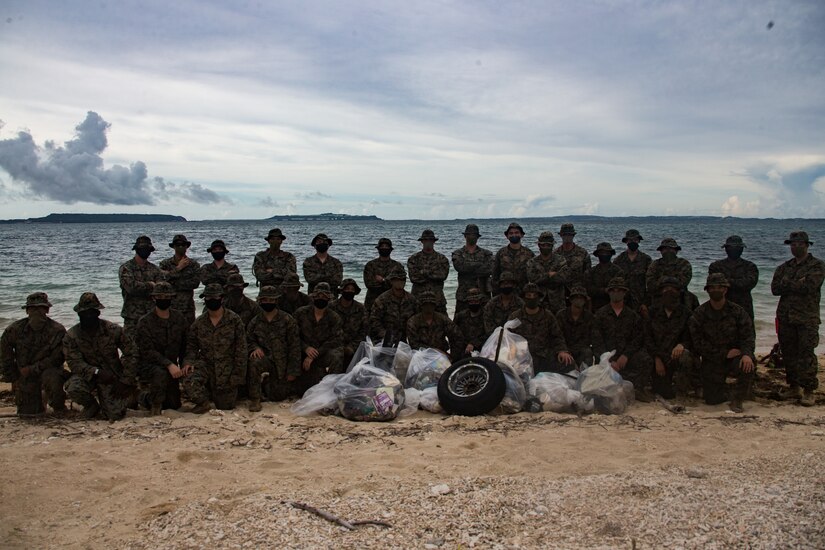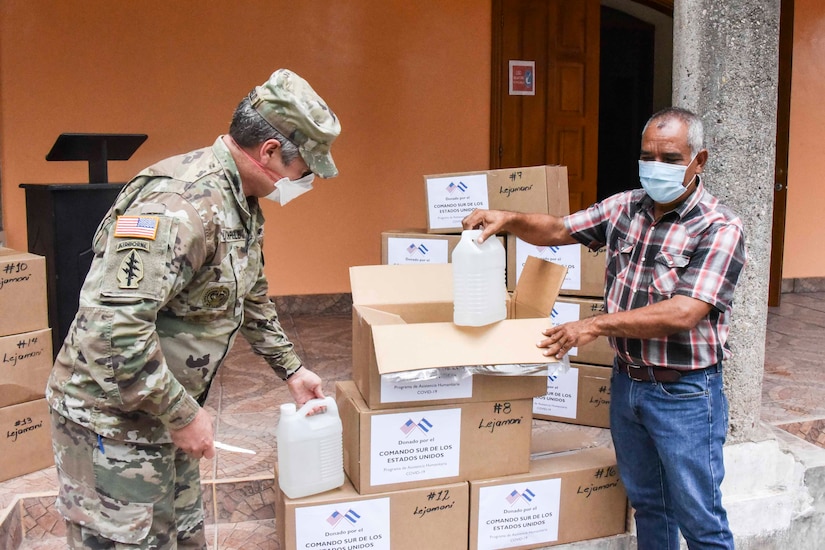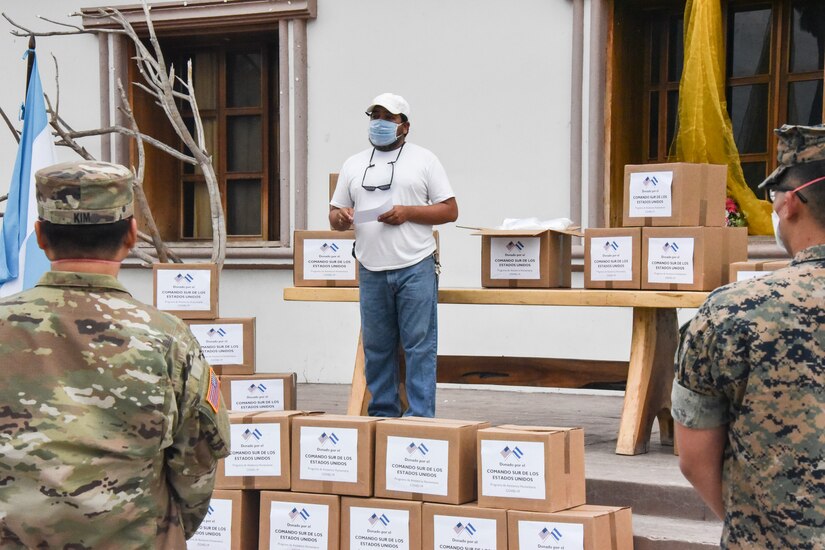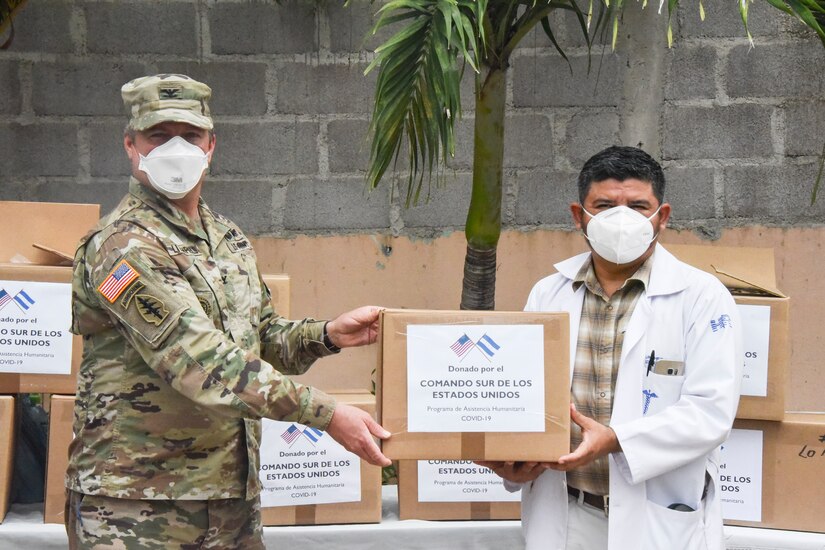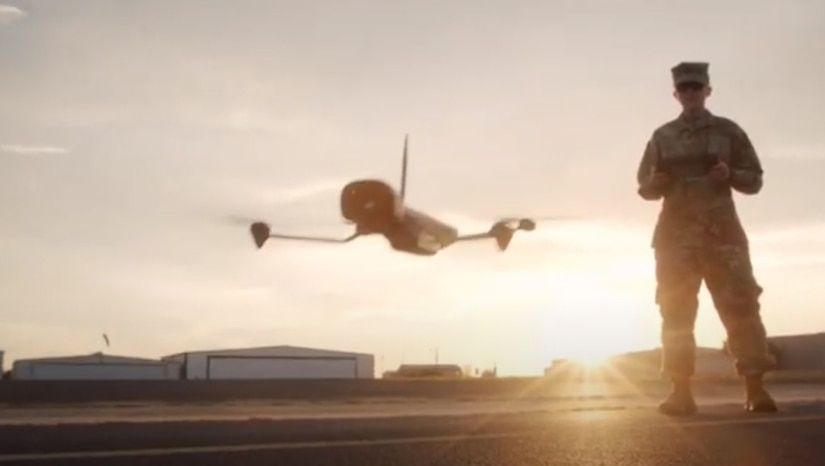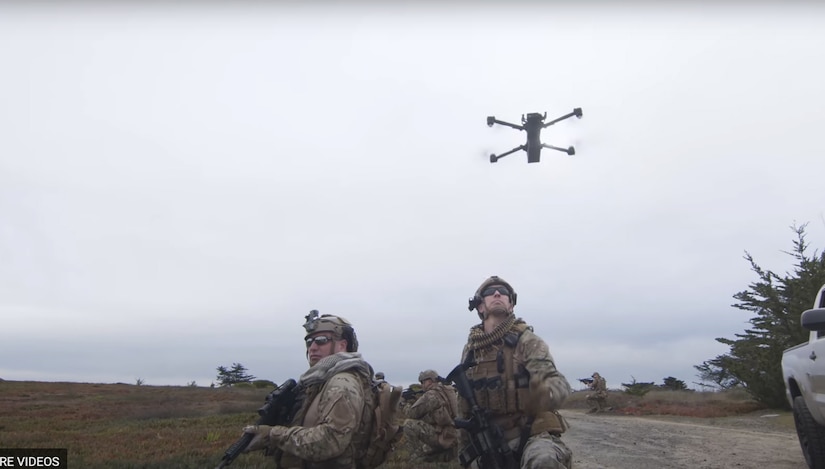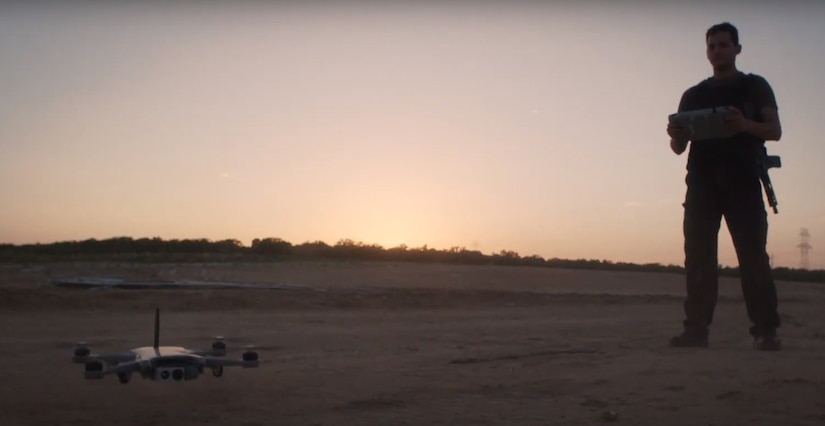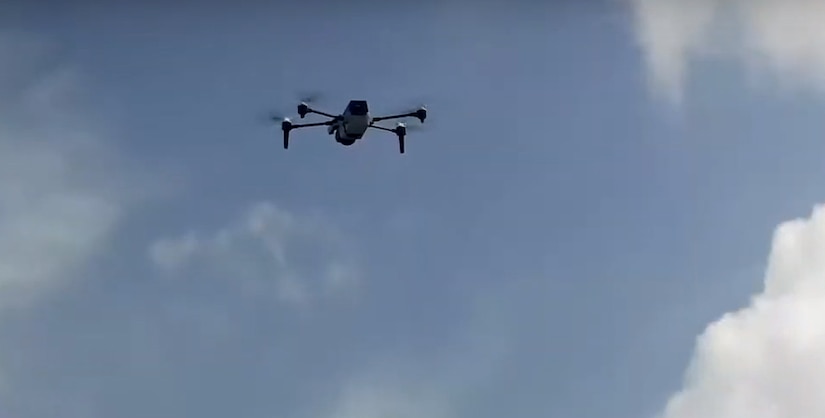Aug. 20, 2020
|
BY David Vergun
, DOD News
For the first time, the Defense Department and the
entire federal government will have access to secure, trusted, and
American-made commercial drones on the General Service Administration
schedule, Acting Undersecretary of Defense for Research and Engineering
Michael Kratsios announced at a virtual event hosted by the Defense
Innovation Unit.
This new DIU initiative, dubbed Blue sUAS, is the culmination of 18
months of work by the Army and DIU to tailor the best technology from
U.S. and allied companies to develop small unmanned aircraft systems
that can be safely adopted by men and women in uniform. During the Aug.
18 DIU event, Kratsios said it also has important impacts for the
nation's broader economic and national security.
"UAS technologies have incredible promise and potential to not only
provide great economic benefit for the American people, but also to
enhance safety and security for our nation. We need a strong, secure
domestic UAS manufacturing base to ensure American leadership in this
critical field," he said. "Blue sUAS represents a tremendous first step
toward building a robust and trusted UAS domestic industrial base that
ensures sustained delivery of highly-capable, secure UAS to the
warfighters that depend on it."
DOD recognizes the growing value and capabilities of sUAS, from
providing on-demand intelligence and reconnaissance capabilities in
contested battle spaces, to routine monitoring of critical
infrastructure, to transporting products, he said. However, until now,
the Department was not able to adopt these systems safely due to
security and supply chain concerns posed by Chinese-made sUAS, he added.
Through the work of Blue sUAS, five U.S.-manufactured drone
configurations will be made available to provide trusted and secure sUAS
options to the military and U.S. government.
Blue sUAS also showcases how DOD partners with industry and allies to
quickly pilot and scale cutting-edge technologies across the joint
force and the other federal agencies.
Haven Wynne, General Services Administration supply chain management
branch chief and program manager, said GSA is drawing up a 20-year
contract, to include five-year options. He noted that the contract
allows for the growth of additional accessories to be added to the
platforms at a later time if required.
"Blue sUAS is a great example of DOD acquisition reform by lowering
the barrier to entry for nontraditional companies to rapidly iterate
shoulder to shoulder with warfighters to deliver highly capable sUAS
tailored to mission needs," Ellen M. Lord, undersecretary of defense for
acquisition and sustainment, said at DIU's virtual event.
Chris O’Donnell, deputy assistant secretary of defense for
acquisition and sustainment, platform and weapon portfolio manager, said
that warfighter experiences in Iraq and Afghanistan demonstrated the
importance of small UASs to warfighters on the battlefield.
DOD awarded $13.4 million to five companies to begin producing sUASs
beginning next month: Vantage Robotics, Skydio, Parrot, Teal and
Altavian.
According to DIU's website, the sUASs will have a range of at least 3
kilometers, 30 minutes or more flying time, the ability to fly through
rain and dust, assembly time of two minutes or less, a weight of under 3
pounds on takeoff, high-resolution day and night optics, thermal
imaging, open source protocol architecture, and simple integration with
ground controllers.
